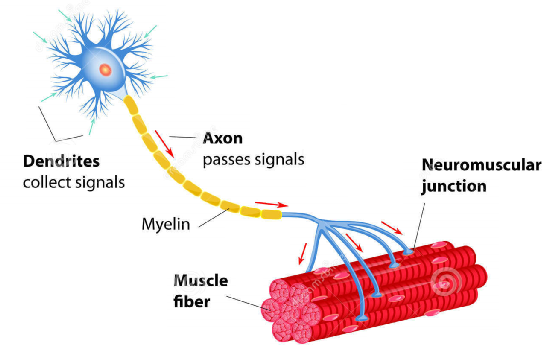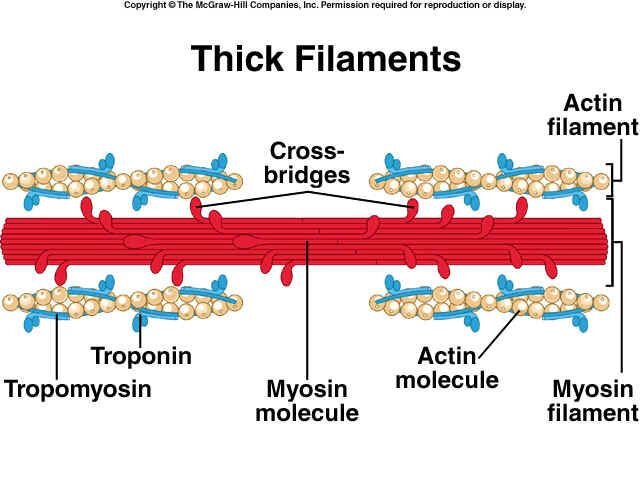
Hypertrophy. Quite literally, it is the enlargement of muscles. It is the physiological adaptation we are chasing when we want to gain muscle.
Most people want hypertrophy, although some think they don’t. Increasing muscle, or lean, mass makes us look stronger, more fit, and thinner. Muscle mass is more dense than fat mass. Someone who is 200 pounds at 15% body fat is going to appear smaller than someone is 200 pounds at 40% body fat. Even if you think you don’t want more muscle because you don’t want to appear “bulky”, that won’t happen (unless you work really crazy hard for years).
In some circles, hypertrophy is also called strength endurance. I personally distinguish hypertrophy and strength endurance. Although, they are not mutually exclusive. That means that strength endurance gets its own phase of training. Hypertrophy also has a separate phase of training.
The reason for the distinction between the two is that, I believe, they are two separate training goals. If I want my muscles to have endurance but not increase size, I can use a strength endurance training block to do so. This may be the case for a long-distance runner or swimmer. They do not want to put on size, they just want the muscular benefits of strength training. This is done through low training intensity, but high volume. (Lots of reps, not lots of weight.)
Hypertrophy, on the other hand, is where muscle is trying to be built. It is also the phase of training we want to engage in before a strength training phase. Why is that? Although we can still build strength endurance in this phase because of the high volume, the intensity (weight on the bar) now goes up. Instead of lifting 50% or below our 1 rep max, we are lifting 50%-75%. We are also keeping the volume down slightly. This means the training volume is about 6-15 repetitions per set. This stimulates hypertrophic effects in the muscle.
What are those hypertrophic effects? First, let’s discuss nerves.
How Nerves Adapt to Training

I wouldn’t be able to write a complete blog about hypertrophy if I didn’t mention the nervous system. When training for hypertrophy, there are some changes that occur in the nervous system that make the muscles better at their jobs.
Anaerobic training, or strength training, improves the ability for muscle fibers to be recruited by the nervous system. The nervous system is connected to the muscles through neurons. These neurons may connect to either one or many muscle fibers. Unfortunately, without training, these signals sent to the muscles are not very strong or efficient. When you go to do something physically taxing without training, the muscles aren’t very good at performing the job.
Imagine having a boss who whispers to you all the tasks you and your team need to do in a room with loud music playing in the background. On top of that, this boss is indirect. Giving you mixed signals as to what the task is supposed to be and the deadlines. You’re left with a rough idea of what to accomplish and the team is not very motivated to accomplish it. This is like your untrained nervous system.
After you train for a period of time, your nervous system becomes enhanced. This is like if that boss becomes more in-control. They turn off the music playing in the conference room, fill their chest with air before they speak, and tell each individual exactly what to do and when to do it. You become more efficient and effective in your work. You can accomplish a greater amount of work as a result.
As you train more often, the signals sent to the muscles improve in their firing rates, are able to synchronize better, and recruit more muscles whenever they are called upon. They also decrease inhibitory mechanisms that may impede performance. All of this happens before any muscular adaptation occurs.
That means you haven’t gotten bigger yet. However, you probably got faster, stronger, and built up some endurance.
How Muscles Get Bigger

But, of course, we are talking about hypertrophy. Hypertrophy, biologically, is the increase in net accretion (growth or accumulation) of two proteins: actin and myosin. A positive net accretion means that more of these proteins have been created and not destroyed. These two proteins are contractile proteins. They are essential to the muscles health, function, and of course, size.
Two other proteins, titin and nebulin, are also synthesized when hypertrophic training stimuli is present. Overall, the increase in protein synthesis helps build new external layers of muscle. Increasing the overall diameter of the muscle itself. The question is: what do we do to stimulate this protein synthesis?
First, you must break down muscle in order to build it back up again. It's like a metaphor for life. But also an important understanding to make when it comes to training. All that soreness you feel after a hard day of hypertrophy training is the microtrauma you caused to your muscles, not the ‘lactic acid buildup’.
What do we have to accomplish in our training to stimulate this process?
How Do You Train for Hypertrophy?
The basic layout of a hypertrophy program is this:
- High Volume (6-15 repetitions)
- Moderate Intensity (50%-75% 1 Rep Max)
- Simple, compound exercises (Barbell Squats, Dumbbell Presses, Cable Pulls, etc.)
- Lots of eccentric loading (slow on the way down)
Now, of course, you could try to write a program yourself. But, that would take you awhile and probably suck.
You should just come to Galaxy Fit Lab. We spend almost all of our time using hypertrophy training to get you the muscle-growth results you're looking for.
References
Baechle, T. R. (2016). Essentials of strength training and conditioning. Champaign, IL: Human Kinetics.